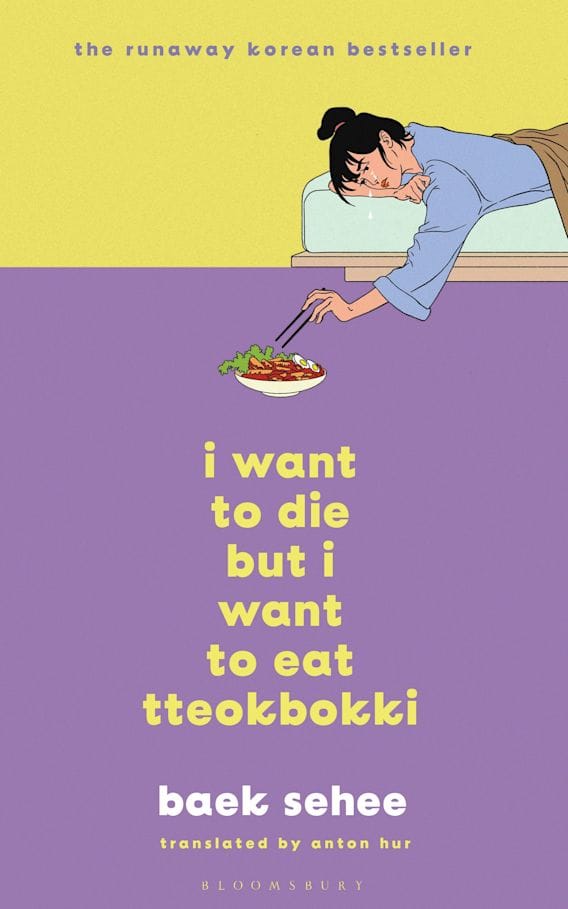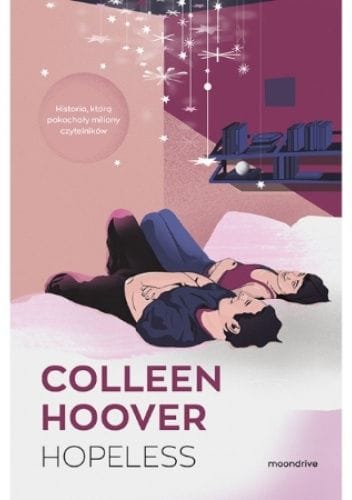Girl, Interrupted: Exploring the Memoir, the Movie, and the Mental Health Conversation
Explore how "Girl, Interrupted"—both memoir and film—shaped modern conversations on mental health, female identity, and the quest to redefine normal.

Introduction
More than two decades after its release, "Girl, Interrupted" remains a cultural touchstone for discussions about mental health, female friendship, and the blurred line between sanity and illness. First published as Susanna Kaysen’s 1993 memoir and later adapted into the acclaimed 1999 film starring Winona Ryder and Angelina Jolie, the story chronicles an 18-month stay in McLean Hospital during the late 1960s. By weaving personal narrative with social critique, it continues to resonate with readers, viewers, clinicians, and anyone intrigued by the complexities of the human mind.
Plot Summary and Themes
At its core, "Girl, Interrupted" traces Susanna Kaysen’s journey after a suicide attempt lands her in a psychiatric institution. Diagnosed with borderline personality disorder, she is thrust into a ward populated by other young women grappling with depression, eating disorders, and schizophrenia. Rather than offering a simple recovery arc, the memoir—and the film—place the spotlight on existential questions: What constitutes normalcy? How much agency do patients have within the walls of a hospital? Why does society label certain behaviors as pathological while celebrating others?
Mental Health and Identity
Kaysen’s narrative disrupts the sterile clinical language that often surrounds mental illness. By detailing invasive procedures, unyielding schedules, and the power imbalance between staff and patients, she exposes the dehumanizing elements of institutional care. At the same time, she highlights moments of solidarity, humor, and rebellious creativity that blossom among patients—suggesting that identity can survive, and even thrive, in restrictive environments. The memoir’s candid depiction of self-harm, suicidal ideation, and medication invites readers to reckon with uncomfortable truths instead of dismissing them.
Comparing Memoir and Film
While the memoir offers a fragmented, introspective account, the 1999 film directed by James Mangold translates those vignettes into a dramatic narrative. Winona Ryder’s portrayal of Susanna captures the character’s ambivalence toward both treatment and societal expectations. Angelina Jolie’s charismatic performance as Lisa Rowe, a charismatic sociopath, earned her an Academy Award and amplified the film’s impact. Though the screenplay takes liberties—conflating timelines, amplifying confrontations, and inserting climactic escapes—it preserves the core themes of autonomy, stigma, and institutional critique. The visual medium also emphasizes period details: vinyl records, cigarette-smoke-filled wards, and 1960s fashion provide a textured backdrop.
One notable difference is the film’s focus on catharsis. While Kaysen’s prose ends with lingering ambiguity, the movie offers a more conventional redemption arc, culminating in Susanna’s departure from McLean and her promise to seize life’s possibilities. Critics argue that this ending oversimplifies the lifelong nature of mental health challenges, yet audiences often cite it as an empowering moment. In both formats, however, the story’s emotional authenticity fosters empathy and pushes stigma-busting conversations into mainstream culture.
Cultural Impact
"Girl, Interrupted" arrived at a pivotal time. The early 1990s saw rising advocacy for patient rights and a growing willingness to discuss depression openly. The memoir joined works like Kay Redfield Jamison’s "An Unquiet Mind" in humanizing psychiatric diagnoses. When the film premiered at the close of the millennium, it broadened that audience, reaching teens and young adults who recognized their own struggles in Susanna’s detached narration. The soundtrack’s blend of classic rock and contemporary alt-folk further cemented its status as a generational touchstone.
Academic circles quickly adopted the text in psychology, gender studies, and literature courses. Scholars examine how Kaysen critiques patriarchal norms that pathologize women’s anger and sexuality. Others explore the narrative’s challenge to binary classifications of "sane" and "insane." Meanwhile, mental health professionals cite the memoir to illustrate the subjective nature of diagnosis and the therapeutic value of storytelling. Each year, new blog posts, TikTok videos, and podcast episodes revisit the title, proving its continued relevance.
Why "Girl, Interrupted" Still Matters
The conversation around mental health has transformed since the 1960s, yet many systemic issues remain unchanged: limited access to quality care, coercive treatment practices, and persistent stigma. "Girl, Interrupted" reminds us that behind every diagnostic label is a complex human life. By exposing institutional shortcomings without romanticizing illness, it encourages balanced, compassionate dialogue. The memoir also underscores the importance of peer support and creative outlets—factors now validated by contemporary recovery models.
Moreover, the work’s exploration of female friendship offers a counter-narrative to stereotypes that pit women against one another. Susanna and Lisa’s volatile bond, Georgina’s steady loyalty, and Daisy’s tragic isolation collectively illustrate how community can either nurture or devastate a vulnerable psyche. These depictions echo current discussions about social media’s dual role in amplifying both support networks and harmful comparisons.
Conclusion
From page to screen, "Girl, Interrupted" endures as a seminal text on mental illness, autonomy, and societal judgment. Its layered portrayal of life inside a psychiatric hospital challenges us to re-evaluate quick assumptions about what it means to be "normal." Whether you are revisiting the memoir, streaming the film, or encountering Susanna Kaysen’s story for the first time, take a moment to reflect on the real people whose lives unfold behind locked doors every day. Their stories—like Kaysen’s—deserve to be heard, understood, and integrated into a more compassionate mental health landscape.



